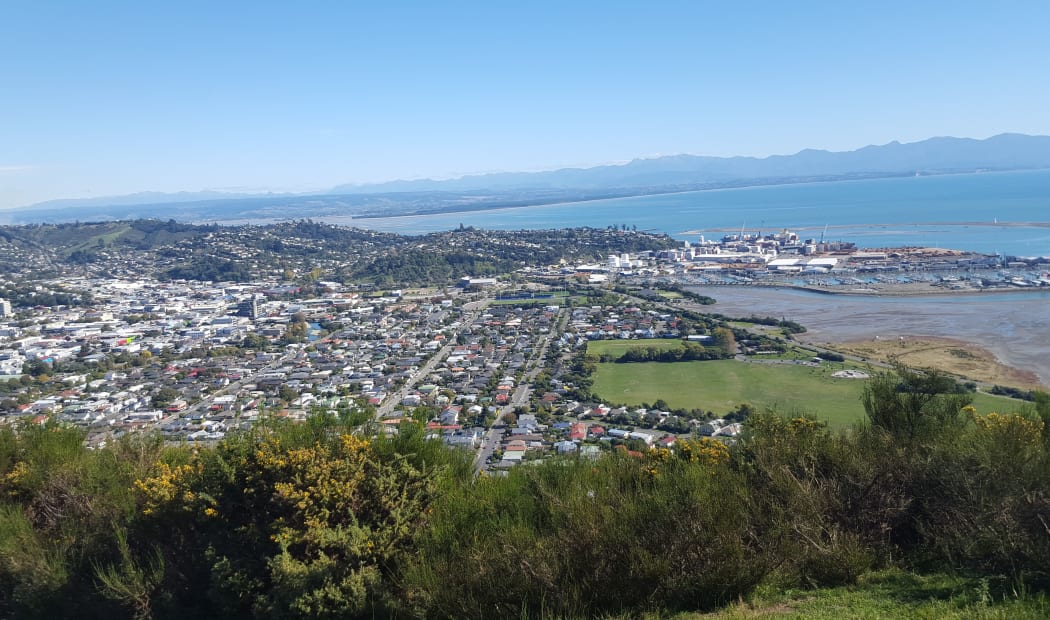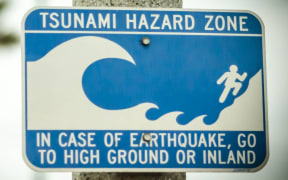A GNS scientist says monitoring of land movement since 2004 shows the Nelson region has been sinking fractionally each year, but the Kaikōura earthquake lowered it instantly by a further 20 millimetres.

GNS monitoring shows that the Kaikōura earthquake lowered the Nelson region by 20mm. Photo: RNZ/Tracy Neal
A paper by GNS Science that was recently published in an international science journal shows that last November's magnitude 7.8 quake shunted parts of the South Island more than 5 metres closer to the North Island, and that some parts were raised by up to 8m.
Geodetic scientist Sigrun Hreinsdottir said Nelson was relatively close to the epicentre, and even though the drop in the area was minimal, it was enough to be noticeable.
"Nelson was fairly close to the earthquake and what we see is a little drop of the area, so the whole area is going down maybe 10 to 20 millimetres. It's not a huge amount but it is observable at our sites," she said.
Ms Hreinsdottir said GNS used a mix of its own and private GPS recording stations positioned all over the country. She said they recorded continuously, and the effects of the quake could be seen from Fiordland up to Northland and in the Chatham Islands.
Auckland had moved 3mm in comparison to its position with Australia.
Ms Hreinsdottir is from Iceland and has been in New Zealand for just over three years. She said her field of work in geodetics (earth measurement science) meant she was often in seismically active locations.
"I was in Alaska in 2002 when we had a 7.9 and the quakes were similar. I'm in Wellington and it felt the same as it did in Alaska."
The powerful earthquake ruptured the earth's surface for 336 kilometres along a couple of major faultlines.
Ms Hreinsdottir said that while the Kaikōura quake alone did not have a huge impact on Nelson, the slow slip quakes off the Kapiti Coast directly north of Nelson will have the most enduring impact.
She said it was part of living on a tectonic boundary, and could prompt local authorities to think more about their forward planning.
"Everywhere on Planet Earth should be thinking about long-term changes. It's a reality that we have to think about sea level rise, and for New Zealand where we have a tectonic boundary with active deformation, we have to think about which regions are going up and which are going down in a 100-year time scale."
A Nelson city council spokesperson said the council had not seen the information and could not comment until it had a chance to properly consider it.






